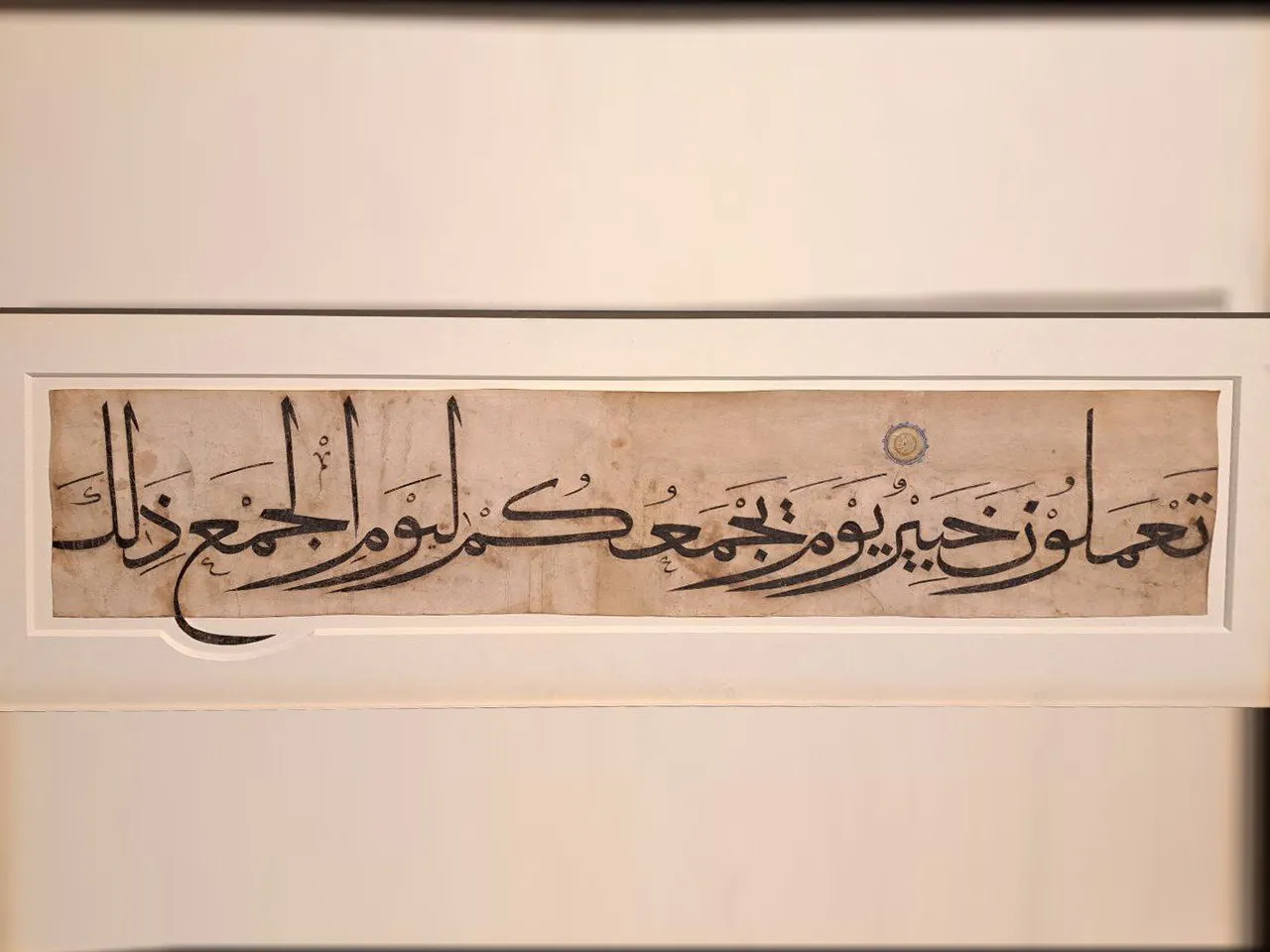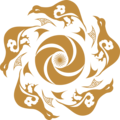A comprehensive project called "114 Quran manuscripts" is being implemented at the Center of Islamic Civilization of Uzbekistan. It will study and present to the general public 114 unique Quran manuscripts historically and culturally related to our country.
A special place in this project is occupied by a huge manuscript copy of the Koran, created by Umar Akta' in the XIV-XV centuries at the behest of Amir Temur, which is recognized as a unique example in the history of world Islamic art.
According to historical sources, the calligrapher Umar Akta' had a disability - his right hand was no lower than the wrist, but he wrote the Quran with his left hand, that is. His letters were spacious, their order based on mathematical precision, symmetry, and balance.
According to legend, Amir Temur wanted such a Quran to be created for his palace that people would fall silent in amazement when it was recited. Initially, Umar Aqta' gifted him a small Mus'haf that fit into the ring's eye. However, Sahibqiran was not pleased with this and expressed the opinion that "this reduction of the Holy Quran is unworthy of Allah's word". After that, Umar Aqta' began writing an unprecedented volume of the Quran for that time. This work required great effort not only mentally but also physically.
Each page of this Quran has a volume of 1.25 x 2.25 meters and is considered an extremely large-format Mus'haf. Such enormous pages could not be carried by ordinary people - they were brought to Timur's palace in special carts. Accordingly, some researchers have called this Qur'an an "elephantine Qur'an" (an elephant-like Quran).

The copy is written in the muhaqqaq style, that is, in an official and easy-to-read script. It is decorated with black ink, gold, and blue. Although there are artistic errors on some pages, they are deliberately omitted, which, according to Islamic tradition, means the idea that "Only Allah is perfect". Also, secret symmetry and arithmetic ratios were preserved between the letters of the Mushaf, the number of verses, and the lines. This approach transforms the Quran into a work of art not only for reading, but also "for viewing".
A complete copy of this manuscript has not been preserved. However, several of its pages are kept in museums around the world, in large collections, including the Nasser D. Khalili Islamic Art Collection (London), Metropolitan Museum (New York), Freer-Sackler Gallery (Washington), Aga Khan Museum (Toronto).
At an auction held by the prestigious "Sotheby's" trading house, one line of this unique Quran manuscript was put up for sale. Currently, the delegation of the Center of Islamic Civilization in our country is taking measures to bring him to Uzbekistan.
